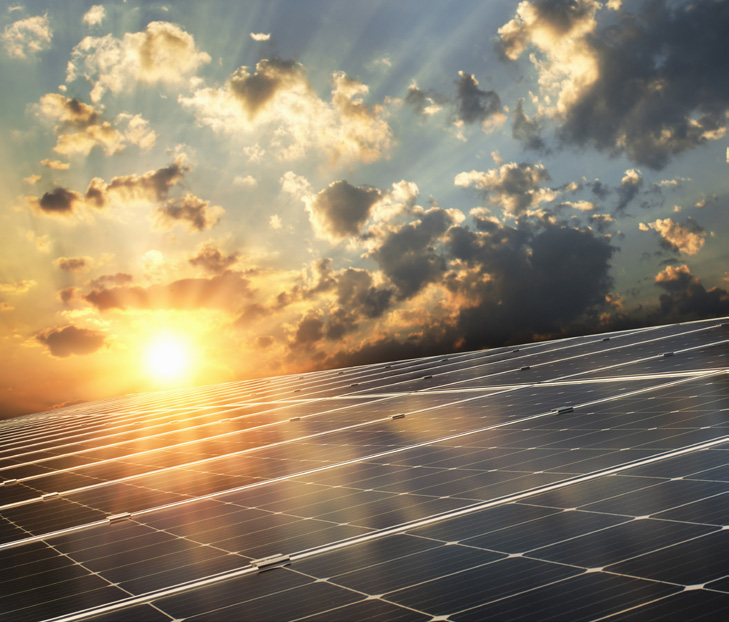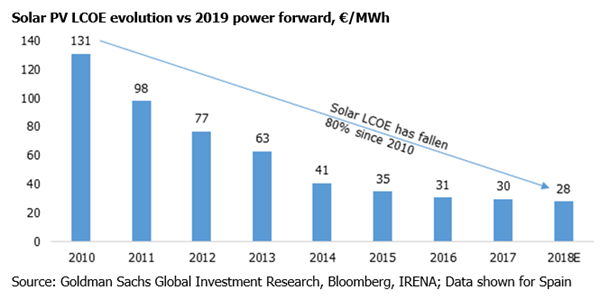
Kuwait Financial Centre “Markaz” recently issued a report titled “Solar Power Economic Cost- a warning alarm for oil-based economies”, following the agreement Qatar signed with the Marubeni and Total alliance in January 2020, to build a solar plant at a cost of 1.74 cents/ Kwh (5.3 fils/Kwh), prior to which Acwa power, a Saudi based company, won a bid of 1.69 cents/KWh (5.2 fils/KWh) for the development of Dubai’s new solar park. These two major projects break new grounds going forward in terms of declining prices for renewable energy and pose a risk for oil-based economies, in terms of their sustainability, and hence should be rigorously thought through.
The two projects come at a time where initiatives towards developing alternative energy resources are gaining traction regionally, and globally. On a national level, it falls in line with the commendable efforts of the Kuwait Investment Authority, one of the largest sovereign wealth funds in the world, to protect the climate and in the pursuit of clean energy by adopting The One Planet Sovereign Wealth Fund Framework. Reinforcing the importance of climate protection, Mr. Farouq Bastaki, Managing Director at the Kuwait Investment Authority, stated: “If there is no planet, there is no future”.
The report issued by the Markaz stems from the company’s strong belief in the initiatves, championed by the nation and its institutions, which aim at shedding light on the importance of renewable energy. It also urges for a concerted effort between the public and private sectors faster than ever to achieve One Planet vision championed by KIA and Kuwait vision 2035.
Markaz's report stated that the cost of generating power through solar energy has continuously declined to about 80 percent since 2010, and that the cost of generating energy from large-scale solar photovoltaic (PV) plants is now lower than conventional fossil fuel plants.
The report also highlighted that solar installations have been accelerating across the world and the International Energy Agency (IEA) expects solar capacity to grow by 12 to 17 percent per annum until 2030. Moreover, decreasing capital costs and operating expenditure, and better module efficiency is likely to imply ongoing cost reductions in solar PV, resulting in a further fall in power generation costs by 30 to 50 percent by 2030. This is expected to be a game-changer for energy markets as it removes one of the biggest obstacles preventing renewables from dominating the energy mix.
Despite the bright future for solar energy, it presently remains a secondary technology source for power generation globally. As of now, solar capacity accounts for 5 percent of total energy capacity. In terms of share of power output, the global market share of solar energy is less than 1.5 percent. However, with favourable economic cost, global solar power capacity is expected to grow by 9 percent every year since 2018 and up until 2050. As a result, the International Renewable Energy Agency (IRENA) expects global solar capacity to increase from 480GW since 2018, to over 8,000GW by 2050, and also expects solar power to account for one-quarter of global power by then. This is bound to have long-term implications for oil-exporting countries.
As for long-term impacts of the oil economy, Markaz stated in its report that oil is mainly used for industrial and transport purposes, which together account for about 70% of the world’s oil consumption. Whereas the remaining 30 percent, constitute for residential and commercial use, as per the U.S Energy Information Administration (EIA). It also stated that the development of solar technology can serve the housing needs of energy requirements.
Markaz also highlighted that generating power by developing solar power capacity could help in the reduction of subsidies, and in turn, be used for more productive purposes, such as infrastructure development or other capital projects.
Full Report

